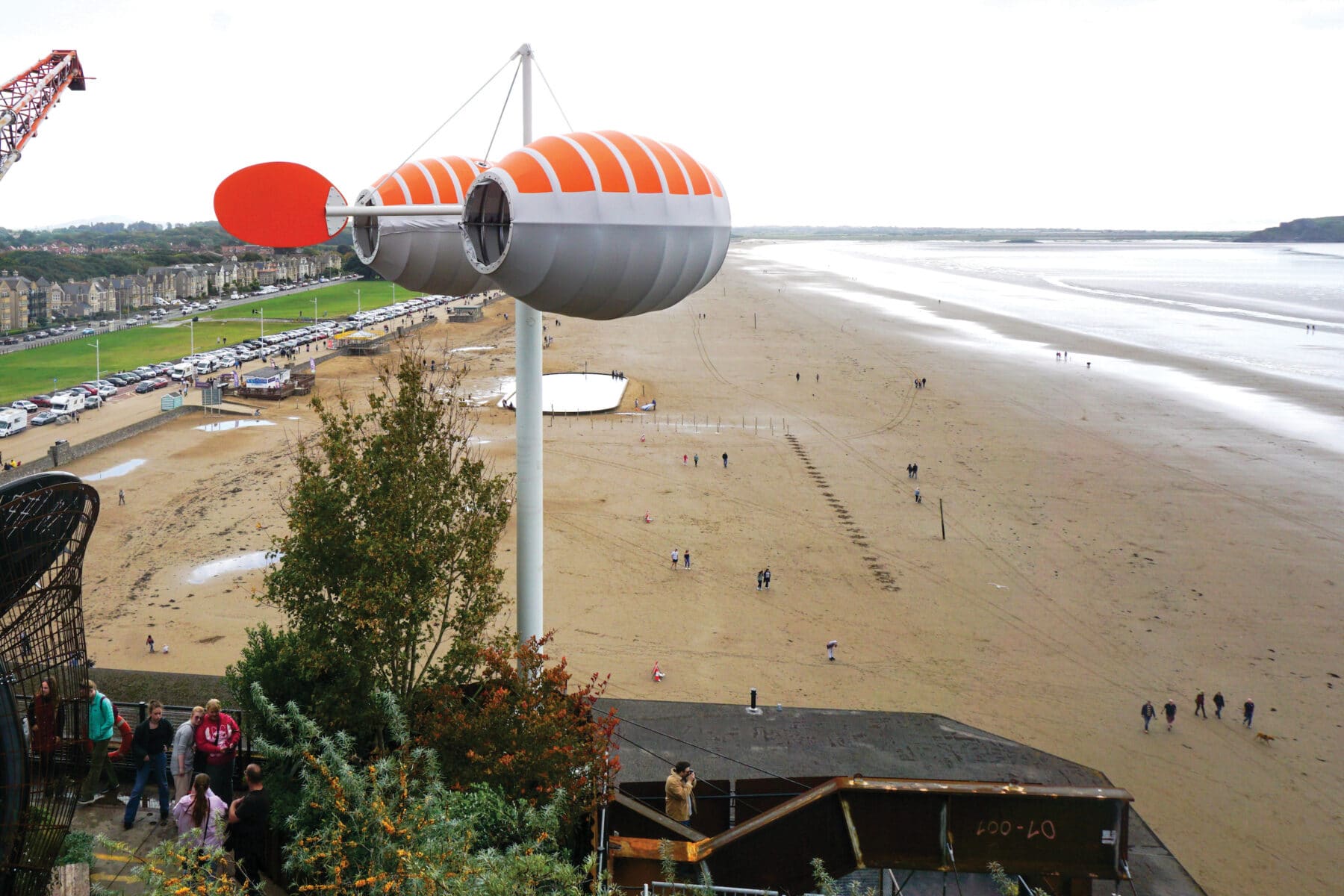Welcome to Our Beautiful Power Plant
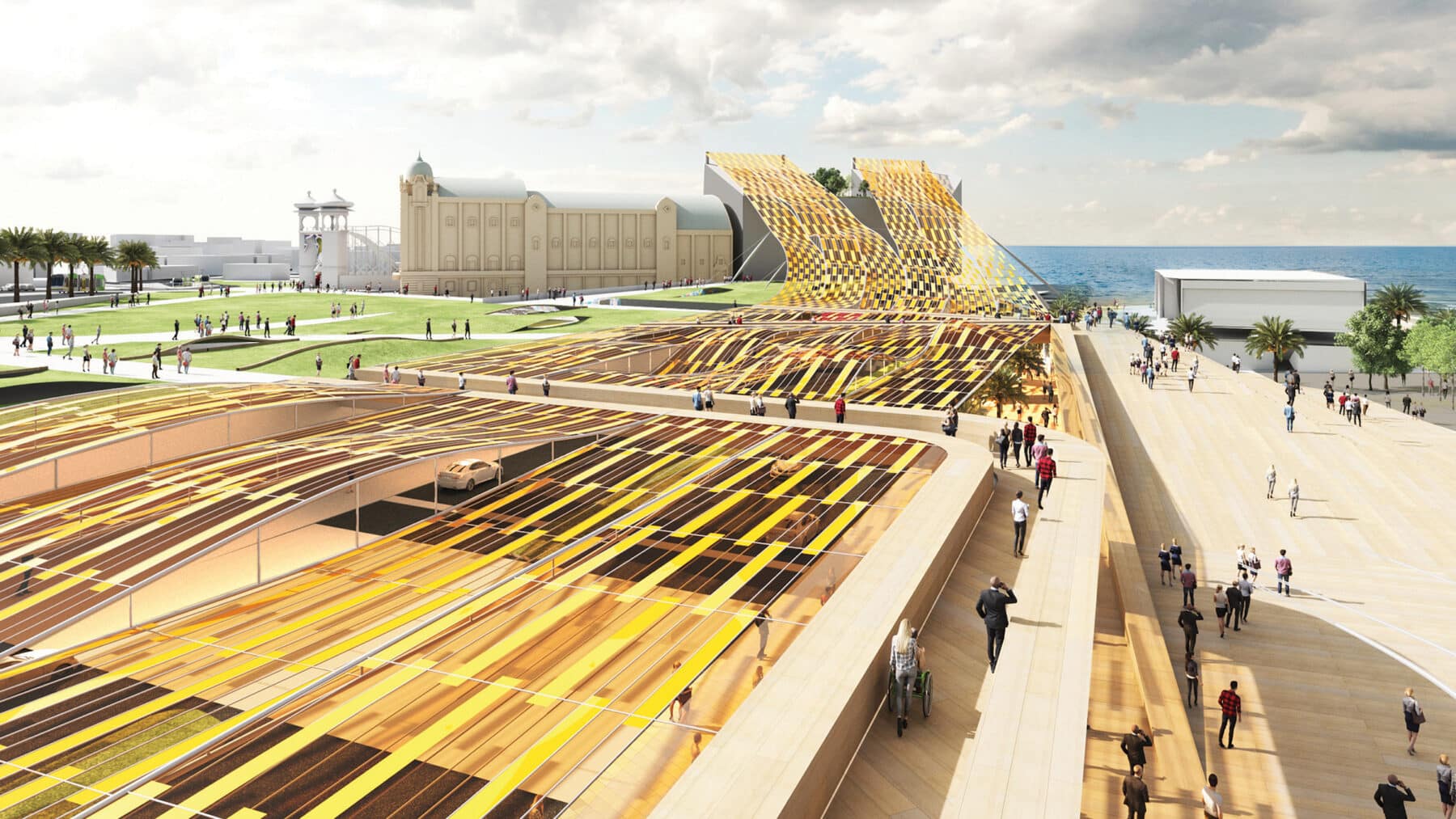
As you walk toward a field on the edge of the city, you start to make out sculptural objects that appear to rise organically from the landscape. You reach a small park at the edge of the installation, and it feels like you have stepped into the frame of a painting. You’re surprised to learn that the beautiful objects in front of you are the public-facing components of a larger solar power plant that is providing carbon-free electricity to thousands of nearby homes. As the panels on the artwork shift to track the sun, you learn that the site, which includes the interpretive park you’re standing in, is the result of a codesign process between community members and artists that was facilitated by the plant’s developer.
A decade ago, when the cost of solar and wind power was much higher, the idea of expanding design aesthetics beyond utility for energy landscapes was considered impractical. Today, cost is becoming less of a barrier to renewable power while community opposition to facilities is becoming more common. Combined, these trends suggest that sticking with utilitarian design aesthetics is an impractical choice.
We believe energy developers may be overlooking a powerful and important tool: community codesign of power installations.
In a recent survey of renewable energy developers, researchers at Lawrence Berkeley National Laboratory found that nearly 40% of solar projects and 30% of wind energy projects have been canceled in the past five years, and nearly half are significantly delayed. Direct community opposition and local zoning ordinances are among the leading reasons for cancellation or delay, with developers reporting visual concerns to be the most common objections for both wind and solar. More than three-quarters of developers in the survey said that community engagement was desirable, but fewer than one in ten agreed that the public should recommend decisions—and none wanted the public to actually make decisions.
We believe energy developers may be overlooking a powerful and important tool: community codesign of power installations. The Land Art Generator initiative (LAGI) has been working at the intersection of energy landscapes and community codesign since 2008. We consider the power plant a public artwork, simultaneously enhancing the environment, increasing livability, providing a venue for learning, and stimulating local economic development. Our projects invite the public to construct a different relationship with new energy technologies. We believe that sustainability in communities is not only about resources—it is also about cultural and social harmony.
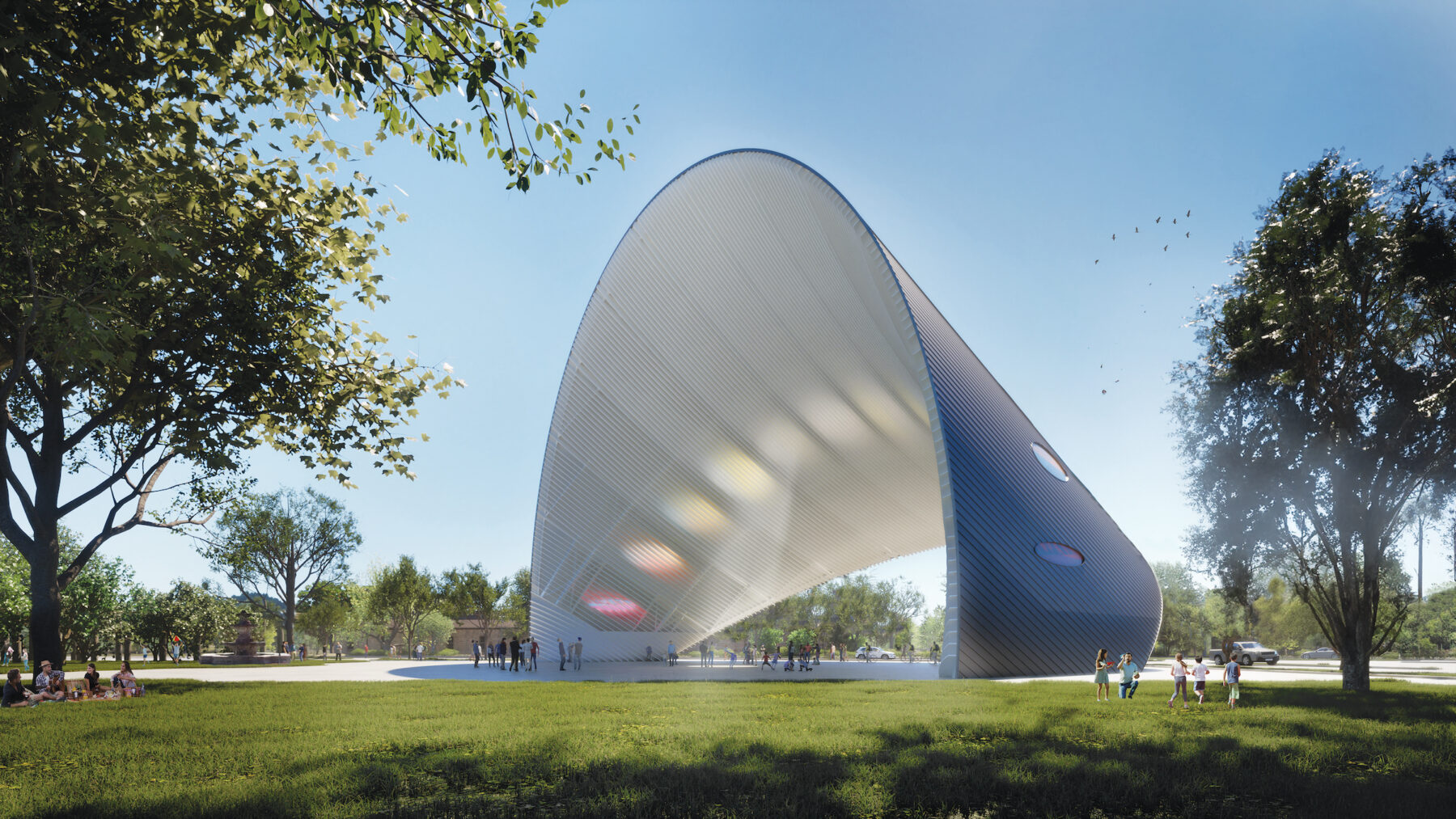
We’ve worked on a range of urban and rural clean-energy projects that provide cobenefits to communities. We always start by working with a key group of local stakeholders on a community design charette. Together we explore the design constraints and goals for the site with those who live and work in proximity to it. Sometimes the community helps to determine the best site. We then come up with a creative brief that can guide the design of an energy landscape that will enhance the livability of the neighborhood. In subsequent workshops, community members provide feedback and ideas along the way from concept to detailed construction drawings.
Our Solar Mural artwork program empowers local artists to use energy as a medium for creative expression. We’ve also developed science, technology, engineering, art, and mathematics (STEAM) programming that is used by schools and community groups. Through design competitions, we have brought together a global network of thousands of creatives who understand the importance of design to the success of climate mitigation pathways.
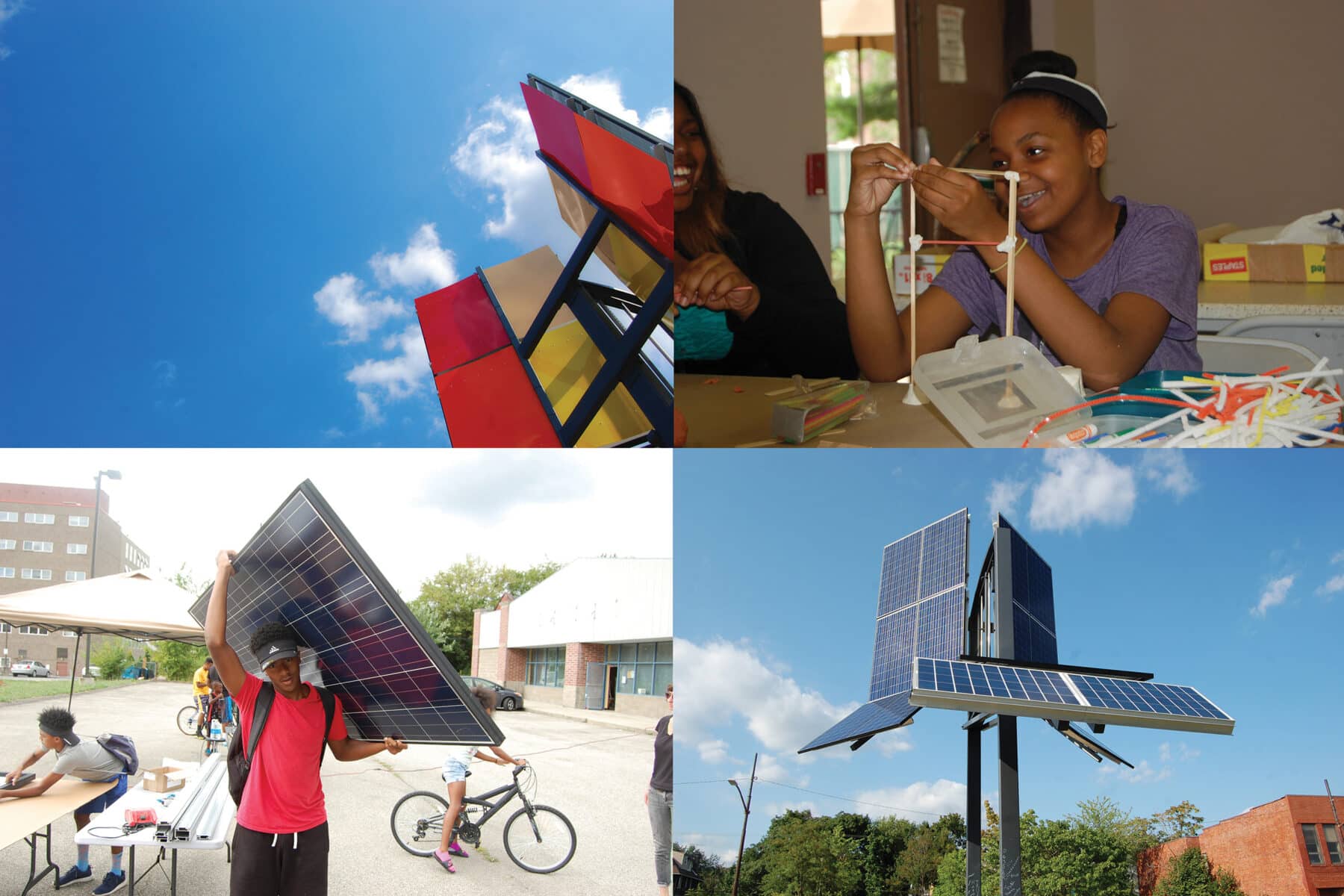
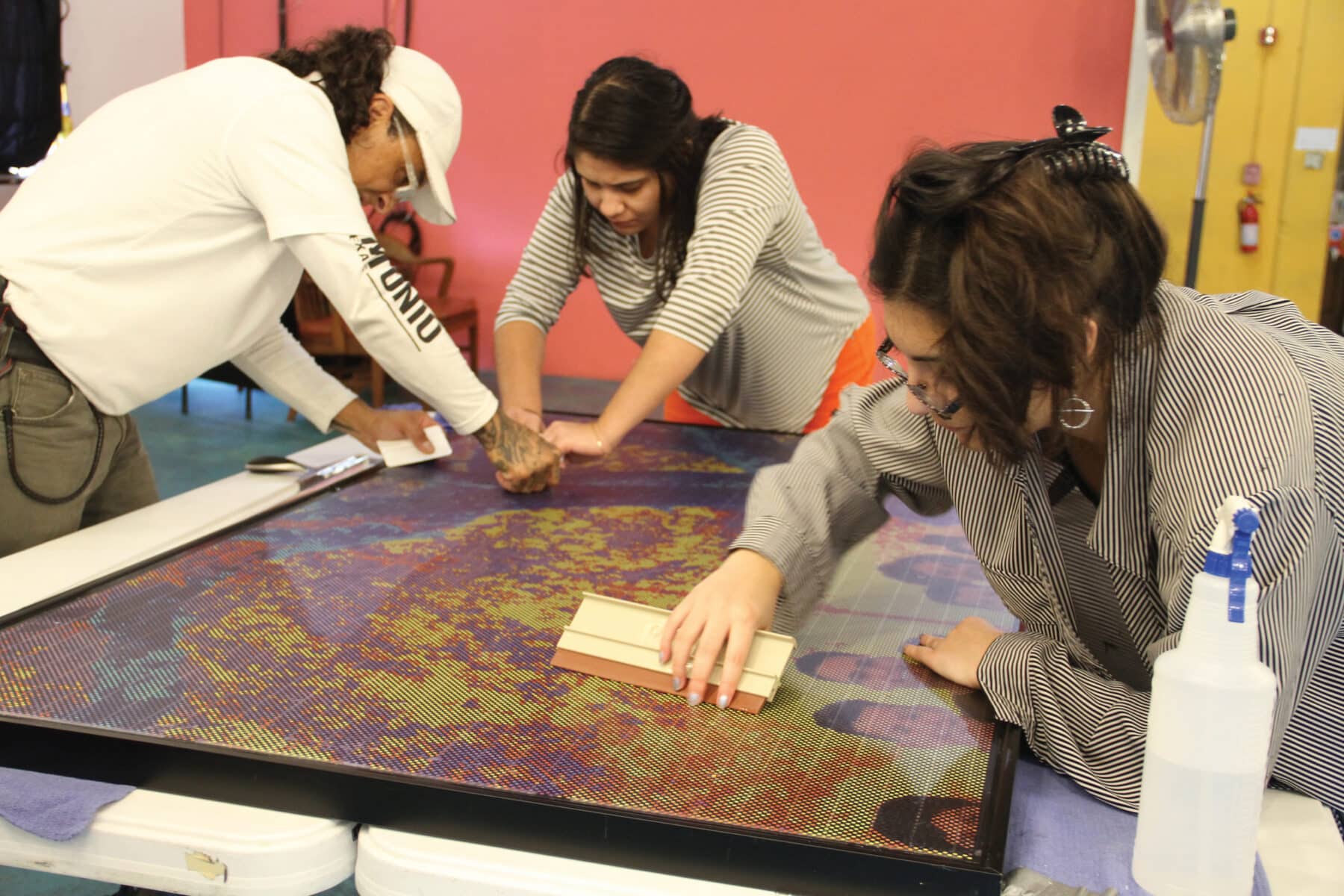
Meaningful community engagement and codesign takes time and costs money. But considering the growing costs of canceled projects, we believe that it is money well spent. Low-carbon energy installations can produce more than just kilowatt-hours if they reflect the shared aspirations of the communities where they are sited. Public art funding could be expanded to support renewable energy projects with pocket parks, picnic shelters, amphitheaters, river walks, educational experiences, and, of course, public art installations.
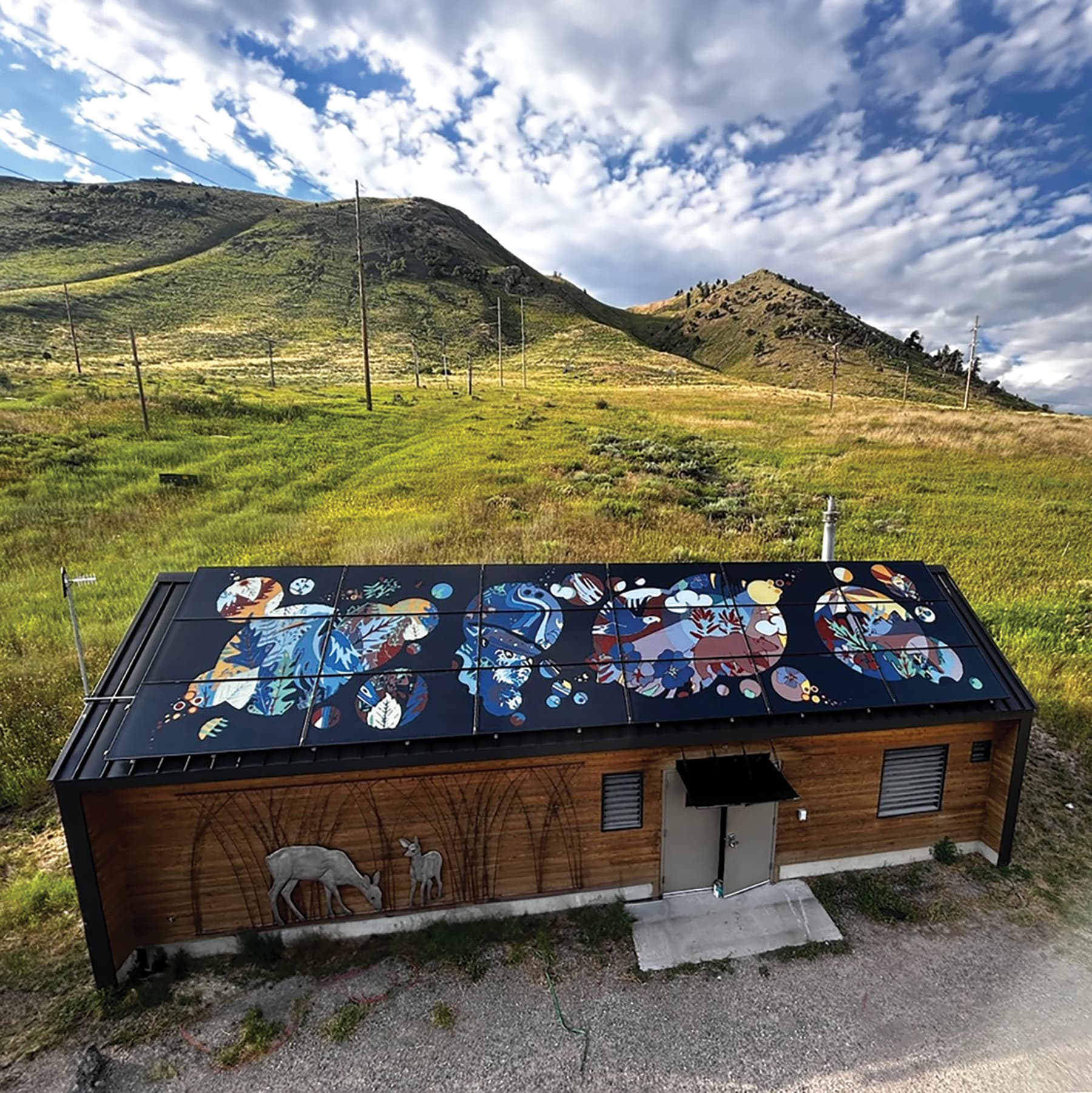
The idea of combining the powerful community symbolism of art with energy infrastructure is not new. Art deco sculptures by Oskar J. W. Hansen, for example, form a stunning crown atop the Hoover Dam—which is otherwise a utilitarian hydroelectric power plant. And in the early days of electrification, most power plants were located by necessity in the heart of cities, because efficient long-distance transmission wasn’t yet possible. These old power plants, such as Battersea Power Station in London, were designed as beautiful contributions to art and architecture and became heritage buildings and historic monuments.
As new forms of energy generation that do not pollute the air make their way back into our cities, we can design new monuments to this important time in human culture. By thinking creatively, we can bring solar power to sites where it may have otherwise seemed impossible to get approval. And by creating beautiful places that also serve our energy needs, we can form a lasting and positive connection between popular culture and clean power.
